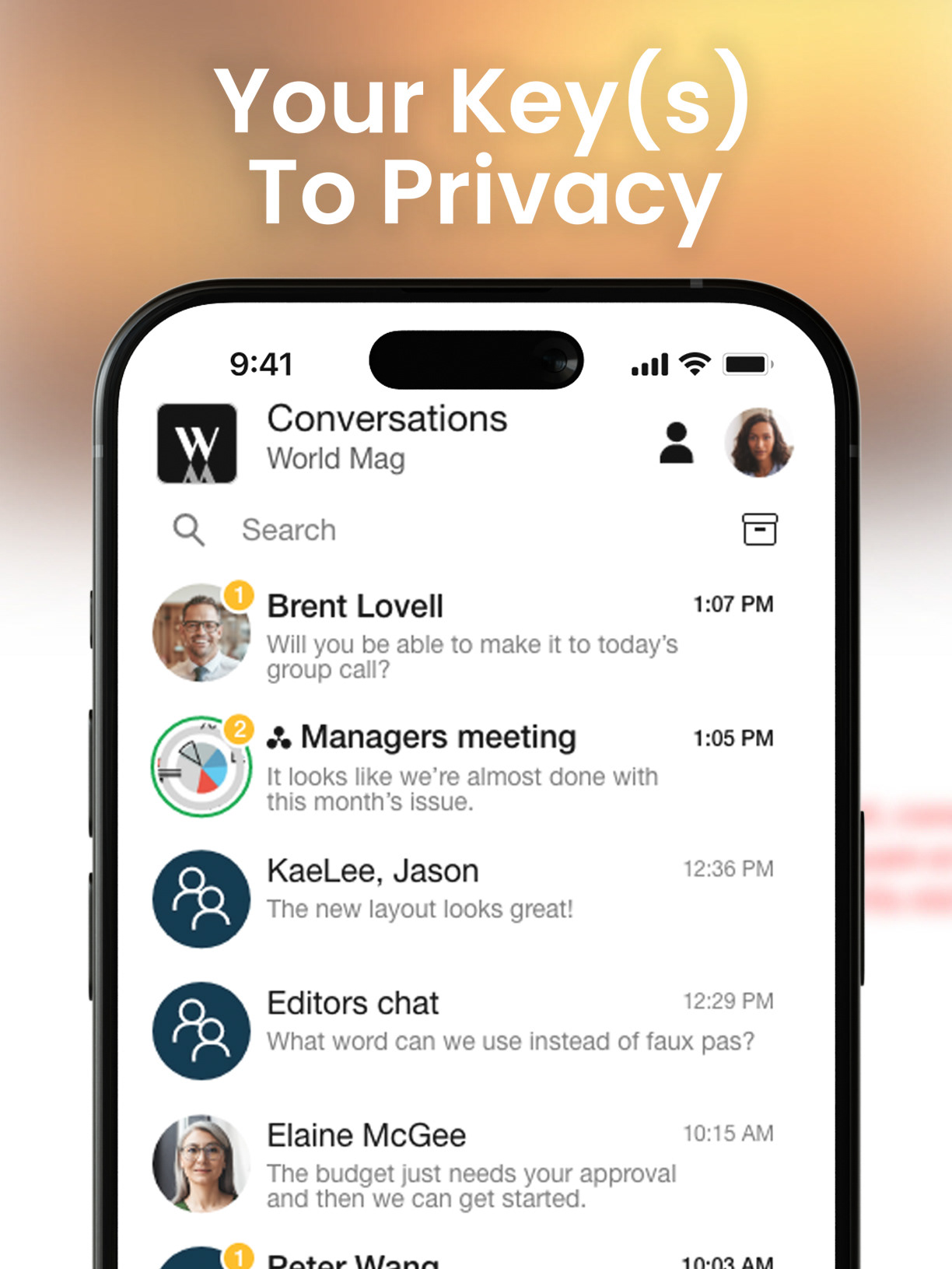Crowd Control Pledge Manager
Overview
Crowd Control Pledge Manager is a one-of-a-kind app that helps businesses use their Shopify store to fulfill and manage purchases originating from crowdfunding platforms like Kickstarter. Following a successful crowdfunding campaign, a business typically uses a survey to collect shipping and product details from customers before a delivery can be made. The app enables users to harness the power of Shopify to maximize the value of this process, effortlessly increasing revenue while allowing them to leverage existing workflows to optimize shipping, customer management, and more.
The Problem
The app is subject to the constraints of three independent entities: Shopify, the chosen crowdfunding platform (e.g. Kickstarter), and the business (user). Accommodating the first two is a challenge but offers a (relatively) stable framework. Being flexible to the operational needs and individual expertise of each user is a great challenge.
Setup within the app requires users to adapt their Kickstarter data to conform to the Shopify settings necessary for the desired end-user experience. Due to the inherent disconnect between the two platforms and the user’s unknown fulfillment strategy we had to make a seemingly exhaustive collection of features and settings that would allow the user to accurately complete setup with as little involvement from the support team as possible.
The earliest version of the app was essentially built to my specifications of what I wanted for my own Kickstarter strategy (gimme a break, it was my first attempt at UI/UX). After processing hundreds of thousands of orders for 100+ stores and being intimately involved with both user and customer support, we were able to make a prioritized list of features and settings to improve the service.
The Process
Crowd Control Pledge Manager went through four increasingly sophisticated design iterations before landing on our current version. While the UI was relatively consistent, the UX was arbitrarily dependent on what known variables were available to us within the setup process.
Having personally dealt with all user support, I was able to reference a continuous source of user feedback to guide the design process.
Details that required consideration include:
• Irregular product pricing
• Inconsistent shipping strategies
• User errors inherited from the original data
• Mismatched product assortments
• Awareness of app functionality
The Solution
By creating a multi-step setup process that guided users through critical inflection points of the UX we were able to reduce customer support requests by 80%. The app was made infinitely more scalable by no longer being dependent on an individual’s knowledge or pre-established strategy.
Users were able to clearly see and understand the effects of their chosen configurations before potentially being irreversibly finalized (i.e. emails with errors being sent to customers). The new review process also allowed users to correct self-inflicted problems originating from the source platform of the data being used (e.g. Kickstarter).
Takeaways
• Breaking up complex processes into smaller steps alleviates a user’s potential for error.
• Showing will always be more effective than telling (i.e. you can’t force a user to read!)
• More data points being more useful is entirely dependent on the comprehension of the user.
The app isn’t perfect but it’s magnitudes better than the earliest version. There are still areas that can be simplified to improve user understanding thus making the app less prone to error, optimizing the user experience and maximizing the amount of users we can convert.



